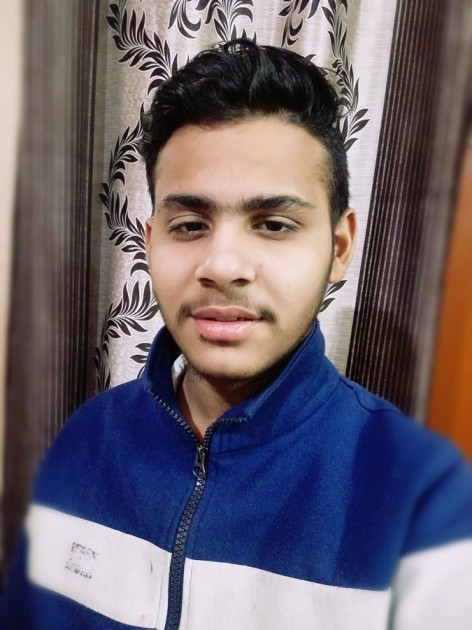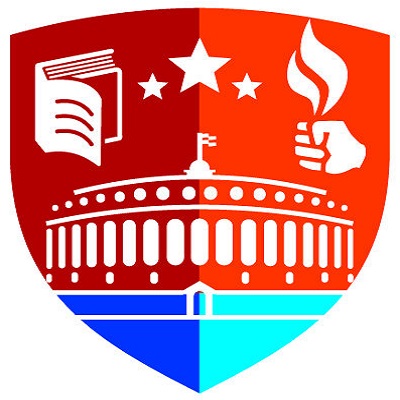The growing per capita subsidy outgo shows that there is a need to target it better, and perhaps move towards the regime of Direct Benefit Transfer. Discuss (200 Words)
Refer - Financial Express
Enrich the answer from other sources, if the question demands.

IAS Parliament 4 years
KEY POINTS
· India’s subsidies system is possibly the largest globally in terms of volume and number of beneficiaries.
· The Direct Beneficiary Transfer (DBT) framework, developed over the India Stack, has helped address some of this, with an estimated Rs 2.2 trillion in savings over DBT’s lifetime.
· Both the central and state governments have to undertake a massive exercise and identify the deserving beneficiaries, remove people receiving multiple subsidies under different names, and move a majority of the subsidy payments, including for food, to DBT to reduce inefficiencies.
· The Aadhaar is already available as a key identifier to match all beneficiaries against and ensure only the deserving candidates continue receiving them.
· The new subsidies monitoring system also needs a mechanism that automatically eliminates current beneficiaries who obtain jobs in the government, parastatals, or the private sector providing ESI or EPF benefits.
· Reducing the quantum of subsidies by ensuring only the deserving receive them will free up large pools of capital to invest in the health and education sectors.
· Quality education, too, must reach all of the nation’s young population, particularly those children whose parents currently depend on subsidies, so that they can break free from the reality their parents were born into.

Manish 4 years
Please Reveiw !

IAS Parliament 4 years
Try to bring coherence in the answer and provide a comprehensive conclusion. Keep Writing.